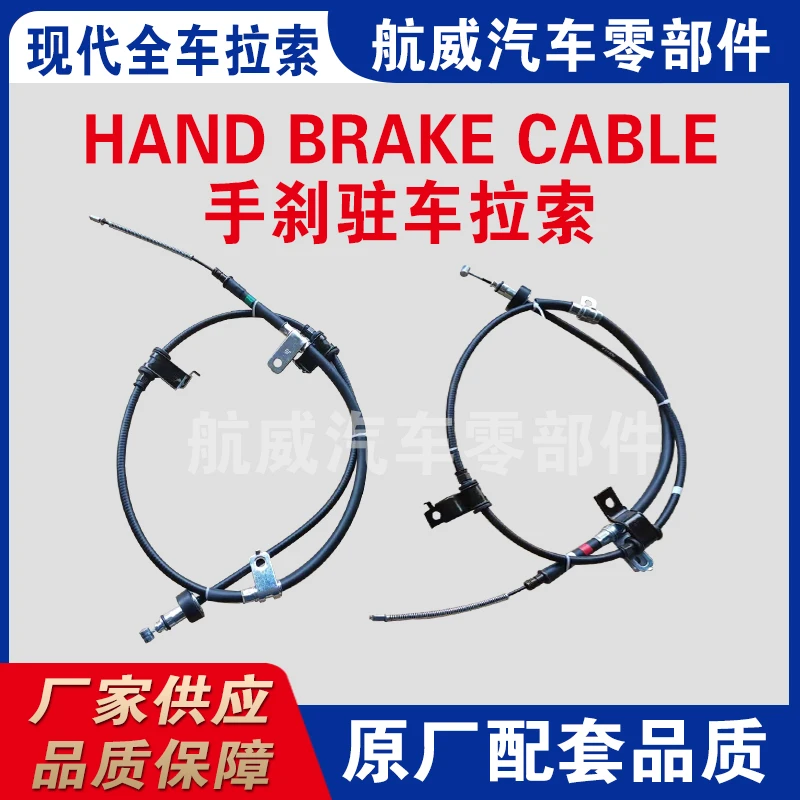carburetor cable
The carburetor cable plays a crucial role in the functionality and performance of internal combustion engines, particularly in older vehicles and small engines. Its primary purpose is to connect the accelerator pedal to the carburetor, enabling the driver or operator to regulate the amount of air and fuel mixture entering the engine. This simple yet vital component significantly influences the engine's responsiveness and overall efficiency.
The carburetor itself is an essential device in gasoline engines that mixes air and fuel in the correct ratio for optimal combustion. As the accelerator pedal is pressed, the cable pulls on a lever connected to the carburetor. This action opens the throttle valve, allowing more air and fuel to enter the engine. Conversely, when the pedal is released, the cable retracts, closing the throttle and reducing power. This mechanical linkage is fundamental to smooth acceleration and deceleration.
Over time, carburetor cables can be subject to wear and tear, leading to issues such as sluggish throttle response or complete failure
. Signs of a failing cable may include sticky or unresponsive acceleration, unusual sounds, or visible damage to the cable itself, such as fraying or kinking. Regular maintenance and inspection of the carburetor cable can prevent these problems, ensuring the engine maintains its performance.carburetor cable

Installation and replacement of a carburetor cable can typically be done by a DIY enthusiast with basic mechanical skills. The process involves disconnecting the old cable from the accelerator pedal and carburetor, routing the new cable in the same way, and making sure it is properly adjusted for smooth operation. It is crucial to ensure that the cable has the correct length and tension to avoid any binding or slack that could affect performance.
In summary, the carburetor cable may seem like a minor component, but its impact on engine performance is significant. A well-functioning cable ensures that the driver can control the vehicle effectively, promoting a safer and more enjoyable driving experience. Regular checking and maintenance of this component can lead to better fuel efficiency and extended engine life, making it an essential aspect of vehicle care.
-
Workings of Clutch Pipe and Hose SystemsNewsJun.04,2025
-
The Inner Workings of Hand Brake Cable SystemsNewsJun.04,2025
-
The Secrets of Throttle and Accelerator CablesNewsJun.04,2025
-
The Hidden Lifeline of Your Transmission Gear Shift CablesNewsJun.04,2025
-
Demystifying Gear Cables and Shift LinkagesNewsJun.04,2025
-
Decoding Clutch Line Systems A Comprehensive GuideNewsJun.04,2025
